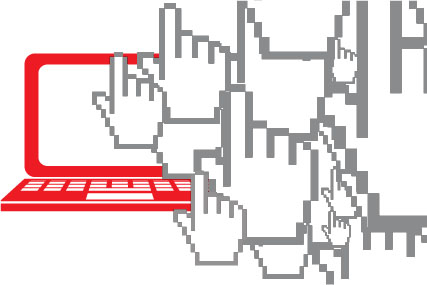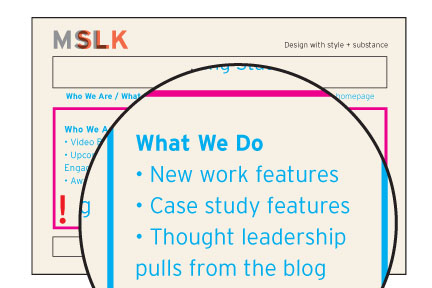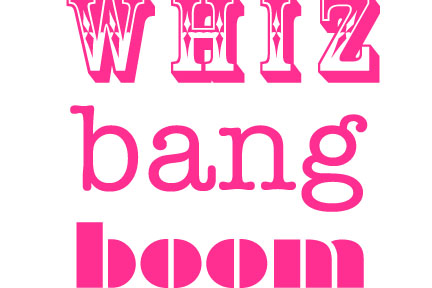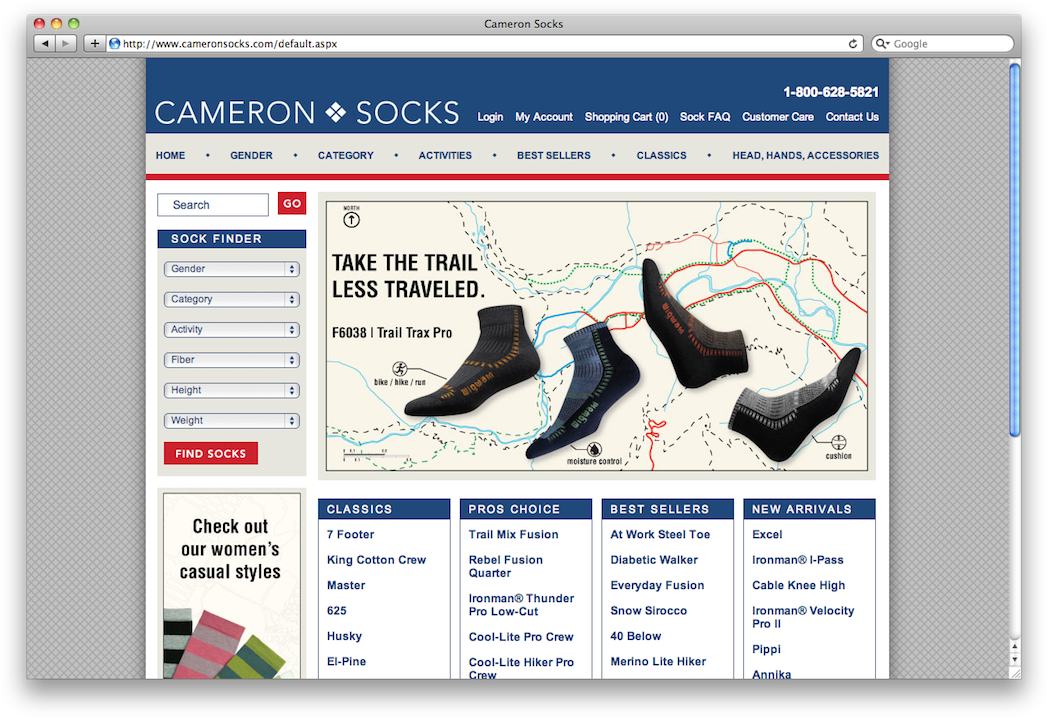
The Definitive Nine Step Guide to Website Success
Websites have become the most essential marketing tool for businesses. One click from a customer is a valuable opportunity that can make all the difference. If created properly, a Website should instinctively lead visitors where you want them to follow.
In spite of the known value a good website can bring, take a moment and think about just how many poor websites you encounter every day. While not every business needs its site to be a high-budget multimedia extravaganza, every site should be effective and properly targeted to a company’s audience.In a word, it’s all about a plan. Too many times people rush into putting up a quick site, thinking this will hold them over until they get around to the big launch. This is a fallacy—it is almost always far more difficult to rebrand an existing website than to start with a good one.
In many industries there seems to be a huge gap between resources devoted to “old-world” marketing strategies and newer forms of media, especially with the advent of social media.
Great websites result from an ideal combination of marketing, branding, fresh content, and matching the right technology to the right design.
The biggest—and most common—mistake we see is that people begin their redesign without clear goals for the initiative. Most sites are redesigned for purely cosmetic reasons, overlooking the more crucial content, navigational, and marketing challenges that lie underneath.
Here are nine tips that can help ensure that the site you design today will be an effective investment for years to come.
1. Start with a Plan
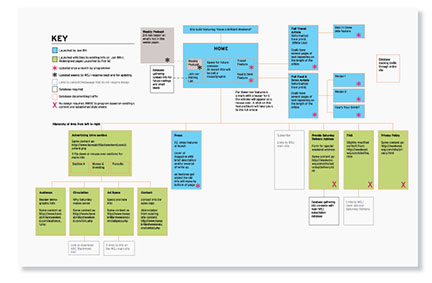
Just like blueprints in architecture, a properly executed wireframe shows you how the new site will function before it’s built. As you know, it is far easier to move a wall during the planning stage, as opposed to an actual wall during the construction phase.
Those same principles apply to websites. Intense focus should be placed on a site’s functionality and content before the more subjective design phase begins.
2. Don’t be seduced by technology

A website that is well thought out and easily navigable will always outperform the latest technology in the long run. Hot technology features should be integrated only if they serve the needs of the site.
Don’t feel that you need to include the latest feature du jour just because everyone else is doing it. Forget about dancing babies and dazzling light shows. In the end, it’s the clarity and overall “stickiness” of the content and ease-of-use that will make the best impressions.
3. Get buy-in from all stakeholders

Too often we see one person or division within an organization pushing for a website overhaul without seeking a buy-in from their colleagues.
Website redesigns are an enormous investment of time, and the late entry of a key decision maker almost always undermines the intentions of the group. Anyone worth getting feedback from at all should be involved during the planning stage.
4. Look backward to move forward

This is no time to go it alone, and certainly not the time to rely on gut instinct. Take a look at the statistics on your current site traffic. What pages are visited most frequently? Where are visitors becoming disengaged and exiting?
Seek feedback from your audience about what is and is not working on your existing site. Send out a questionnaire, conduct a phone interview, or form a focus group–whatever it takes. You need to hear what the people who use the site are saying, even if it’s not what you want to hear. Again, it’s far better to know this now, rather than after a costly overhaul.
People search online for information about anything and everything under the sun. The best websites are ones that make effective use of search engine optimization practices. That’s why your site needs to be in the top 10 when people are searching for you.
The Internet has a plethora of information out there, and the higher ranking you have on a search engine, the easier it is to get noticed. Scoring higher rankings on search engines is an elusive art. However, there are standard practices that should be considered from the outset, as they can affect the site’s very content.
Choose specific areas on the site to update regularly, along with designated areas that can be freshened up seasonally. This flexibility allows your site to evolve naturally over time without changing its fundamental structure. This should tie into larger marketing plans.
When refreshing your messaging to match current trends, your website will be able to round out campaigns and connect the dots. People want to know what’s new at your organization. These days, sites can pull feeds from blogs and tweets.
7. Be extraordinary!
Websites should give something back, rewarding the visitor with every click. That means turning the ordinary into the extraordinary. If people are looking at your site, they’re probably also looking at your competitor’s. Be better.
Good first impressions are key. You can do this through an interesting navigational element, an engaging feature that sets the tone, or simply the way the content is written with soft-sell techniques.
8. Use Social Media

It took traditional media like Television and Radio several years to reach 50 million users, but in today’s fast paced environment, social media sites such as Facebook have been adding 50 million users in a couple of months. Traditional media simply cannot compete with the speed and response times of social networking.
Facebook is a great way to reach customers in their downtime and drive traffic to your site. Put the power of peer-to-peer influencing to work for you. One person “liking” your brand automatically is sharing and promoting that knowledge to all of their contacts.
Twitter is a great way to generate an awareness and a following on your brand in the media. It is currently one of the best tools for breaking news and information and editors love its bite size leads. Promote special offers, new deals, and watch the world follow!
Blogs have become crucial elements. Whereas your website can be your storefront, blogs can reveal a more personal behind-the-scenes glimpse into the people behind the organization. Frequent content on your own personal blog and relevant industry blogs can boost your organic search engine optimization.
Your website will likely become your most important marketing tool. So why would you hire your nephew, ask an intern to learn HTML, or in general, trust your success to anyone other than the very best?
Websites are very complex pieces of software requiring an ever-increasing level of expertise to build. That’s why you should interview qualified teams to lead this initiative. The best way to evaluate their work is to see examples of their sites, and to speak to their previous clients. Search for someone who best suits your needs and personality. The time it takes to find the right fit will pay off in the long run.
Following these steps will ensure that your investment of time and money is successful, generating income for you and interest for your audience. Your website is the greatest opportunity to engage and educate consumers about your products and services. Now, more than ever, you cannot let poor web design and navigation cost you sales.
____________
This article originally ran in iMedia Connection, and has since been picked-up by a number of other publications in print and online, including Multichannel Merchant, Melissa Data, Business Management Daily, FuelNet, Cool Life Systems, X-Cultural Marketing, Commercial Investment Real Estate, and Lead Masters USA.
